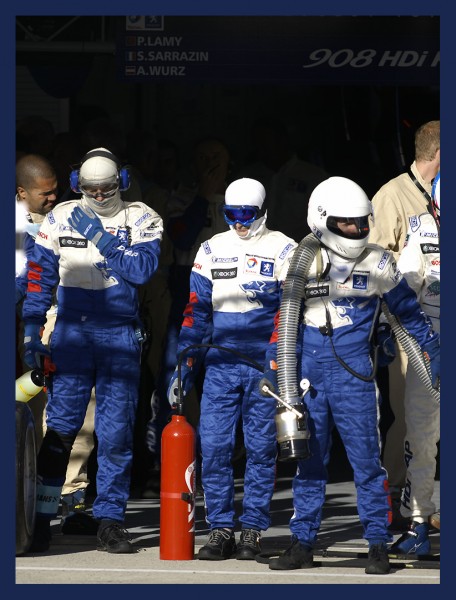Once again, YLovePhoto is here to offer its advice to optimize our photographs in the most varied environments.

Copyright Yves Roumazeilles
Car racing (or motorcycle racing) is assuredly a favorite spot for photographing an exceptional subject: bright colors, shiny metal, technical expertise, intense concentration around competition, everything is present. So, here are a few tips to start motor race photography in the best possible conditions.
- Gear: With or without accreditation, you will certainly be far from the track; So, you must get a long focal telephoto lens (200mm mini, 400mm is even better if you want to catch some details).
- Advanced preparation: Ideally, you must go and visit the place to “take your bearings” (remember that it is often easier to move around the circuit during the officials tests a few days before the race), and you will be able to take advantage of it to shoot some more photos.
- Competition: This is a race, so try and capture the spirit. Think about shooting not only one nice car, but several of them simultaneously (it’s easier in the curves) possibly during the overtaking phases.
- Speed: Everything is fast, so you must choose a high shutter speed (at least 1/1000s when the car runs before you, maybe 1/250s when the car comes to you in a low speed curve).
- Autofocus: Be sure to choose the continuous AF mode or AI-Servo mode ; The cars are fast and this is the most common trap even for fast AF systems.
- Stands: Look around and don’t let the track keep all your attention. The stands are a place where a lot of things happen. Even better, on most race tracks, the arrival of a car in the pit is announced to the teams (and to the photographer) by a horn.
- Podium: Of course, don’t forget to shoot the winner, either under the checkered flag or on the final podium.
One additional advice: Accreditation can be a real issue for all major car races. For example, if you are not a pro, with a large set of previous work in the automotive field, and the support of an influential press body, your chances to a photo accreditation is nil in Les 24 Heures du Mans. But it is always possible (maybe even good) to practice in the less restricted conditions offered by less prominent races on major tracks, races on small local circuits, or even kart racing competitions. And entrance fees are much lower, too.